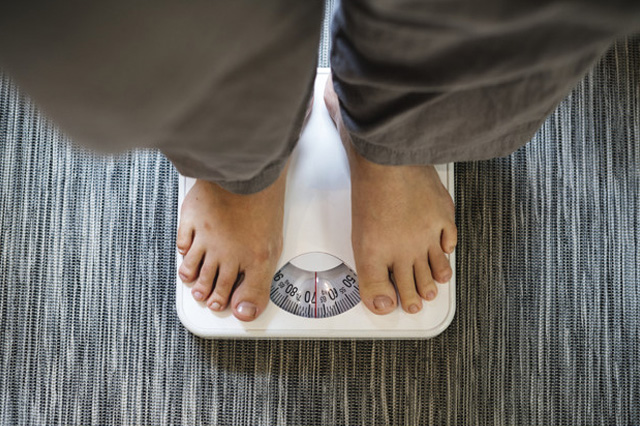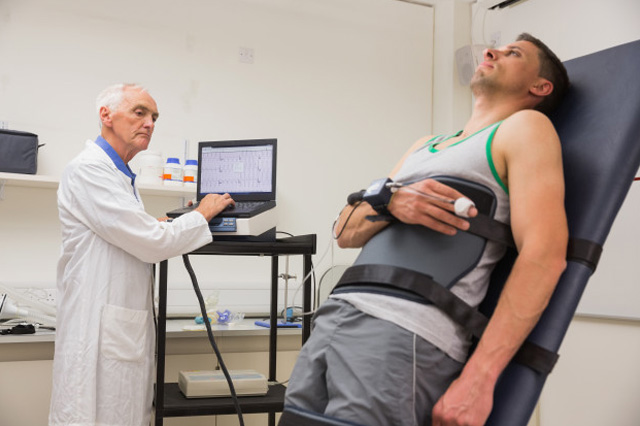The Body Mass Index (BMI) and the Basal Metabolic Rate (BMR) are key elements to know your body and how you can improve your wellbeing.
Today in our blog, we’ll show you what these are about and how you can calculate them to understand your body better and plan your nutrition intake and fitness routines accordingly.
Body Mass Index (BMI)

BMI or the Quelete index is a measure of the human body size or how much body fat a person has. It combines the body weight with body height to determine if you’re healthy, underweight or obese.
It can be calculated by dividing your weight in pounds by the square of your height in inches. The next step would be to multiply this sum by 703.
The explanation above looks like this:
- BMI = (weight / in2) x 703.
The following chart shows if your are underweight, normal or overweight based on the BMI:
- < 18.5 – Underweight
- 18.5 – 24.9 – Normal weight
- 25 – 29.9 – Overweight
- > 30 – Obese
Here are some health risk factors caused due to an increased BMI:
- High Blood Pressure
- High LDL Cholesterol
- Low HDL Cholesterol
- High Blood Glucose
For people who fall in the overweight (BMI 25 – 29.9) or obese category (BMI >30 or =30) and have two or more of the aforementioned health risk factors, it is suggested that they work on losing weight. Even a small percentage of weight loss will be helpful in reducing the risk of developing obesity related diseases.
You can use a dedicated fitness app to calculate your BMI and keep a track of the kilos you lose while working on your weight and altering your nutrition plan.
Basal Metabolism Rate (BMR)

On the other hand, BMR is the number of calories required by your body to conduct basic functions that keep you alive, such as breathing, heartbeat and the regular maintenance of your body organs.
BMR makes up for the bulk of your calorie needs, almost 60 percent of your total energy usage, including the calories used to metabolize food and calories burned through activity and workouts.
BMR can be calculated using the Mifflin-St. Jeor equation, which varies for men and women.
Divide your weight (lbs) by 2.2 to get kilograms and calculate your height in centimeters, multiply the inches by 2.54.
The explanation for the above is illustrated in the following way:
- For men: BMR =(10 x weight in kilograms) + (6.25 x height in centimeters) – 4.92 x age in years + 5
- For women: BMR = (9.99 x weight in kilograms) + (6.25 x height in centimeters) – (4.92 x age in years) – 161
To understand the amount of calories you need to maintain your current weight, multiply your BMR by an activity factor from the chart below:
- People with desk jobs and lesser activity – 1.2
- People with 2-3 days of exercise per week – 1.375
- People with 5 days of exercise per week – 1.55
- Sports persons and people with 6-7 days per week – 1.725
- Marathon trainers and high-physical activity jobs – 1.9
To improve your body’s basal metabolic rate, practice the following, practice the following:
- Avoid quick weight loss or detox diets that burn too many calories
- Increase physical activity when there is steady weight loss
- Building more muscle greatly improves your BMR, so exercise regularly and include two sessions for weight loss per week
- Eat a nutritious breakfast and reduce the calorie intake during other meals, especially when you are working on your BMI
All research done, what next? Get yourself a smart fitness app and track you BMI/BMR levels for a healthy and worry-free life.

